Badia a Coltibuono was one of the most important monastic foundations in Chianti. From the 11 C, Badia a Coltibuono was a Vallombrosan monastery that received large donations from the Firidolfi–Ricasoli family of Castello Brolio. The Vallombrosans were an order dedicated, among other things, to copying and preserving ancients texts, and Badia a Coltibuono became the repository of a vast trove of documents relating to its extensive properties throughout Chianti, as well as to the towns and castles of Chianti. Many of the farms, castles and villages of Chianti are first documented among the archives transferred from Badia a Coltibiono to Florence. Indeed, the name “Chianti” makes its first written appearance in one of these documents, dated 1044.
During the 16 C, the present Badia ( Abbey) was built by Abbott Paul. This included a beautiful cloister, with a central well. During the 17 C, the Badia was enriched with frescoes in the refectory, in the chapel on the first floor (which today houses the library) and in the corridors leading to the monks’ cells. During the same period, a grapevine pergola, that flourishes still, was planted by the monks. In the 17 C, the later wine cellars, which are still in use, were built. The original underground corridors, where the wine was first housed, probably date from the 11 C.
On 29th September 1810, Badia a Coltibuono and all other monasteries in Tuscany were suppressed by Napoleonic edict and Badia a Coltibuono became private property, passing through several profligate hands before reaching the Giuntini, the ancestors of the current owners, the Stucchi Prinetti engineering family, in 1846. Piero Stucchi Prinetti married Lorenza de’ Medici, a descendent of a cadet branch of the Medici family, in 1953 and their family have been running the Badia a Coltibuono winery since that time.
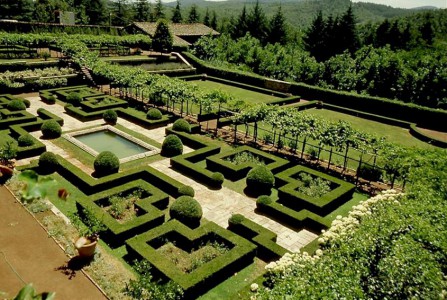
The italianate gardens of Badia a Coltibuono
One of the features of the restored Badia a Coltibuono that appeals most to me, as an enthusiast for formal gardens, is the beautiful italianate garden added by Lorenza de’ Medici. Not only are the gardens classical in layout but they echo a monastic garden with their wide range of mediaeval medicinal herbs planted among the box hedges and topiary.
From Greve in Chianti, a visit to the Gaiole castle country together with Badia a Passignano makes a very rewarding one day excursion. It’s possible to tour the Badia at fixed times and there is a very original restaurant open all day to the public, Lorenza de’ Medici being the author of a number of beautifully illustrated Italian cookery books.
More about Badia a Coltibuono.
More about the formal gardens of Tuscany.
About Anna Maria Baldini
Anna Maria is a frequent contributor to web content on life in Tuscany. She researches all aspects of Tuscan life, with emphasis on history, art, architecture and the culture of the people of this beautiful region of Italy.
- Web |
- More Posts(38)




 August 19th, 2013
August 19th, 2013  Anna Maria Baldini
Anna Maria Baldini 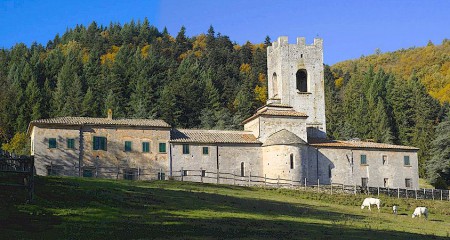
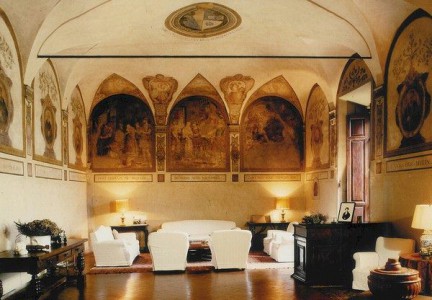
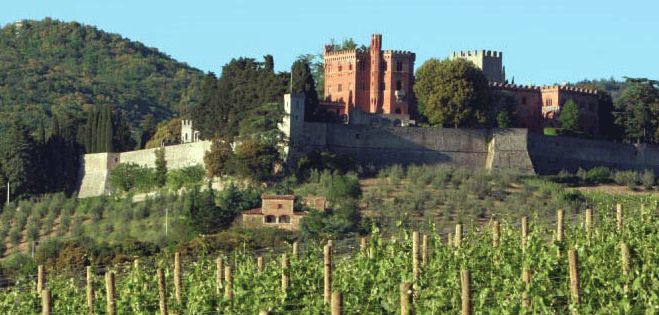
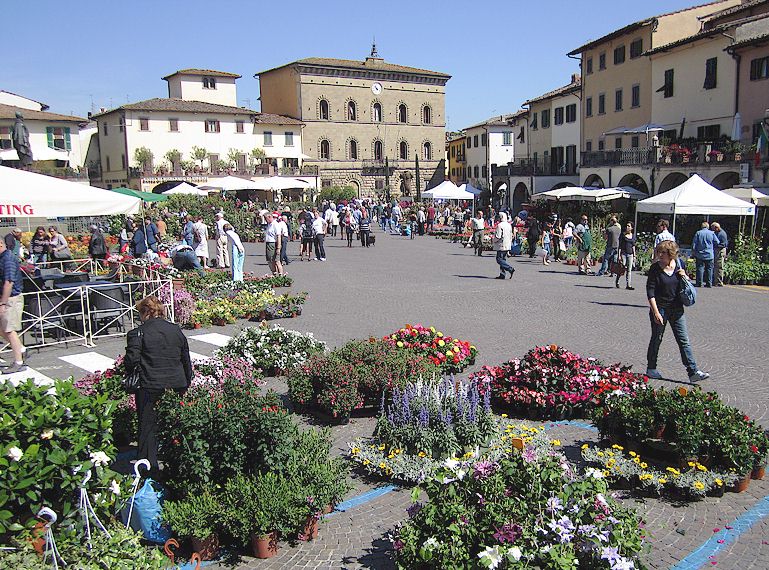
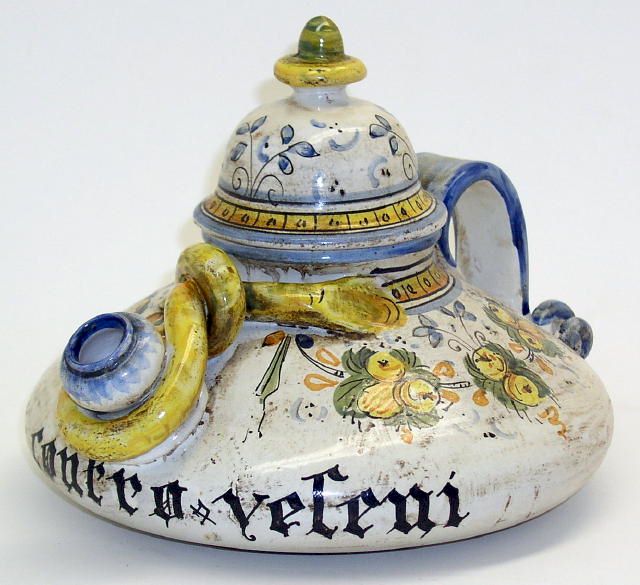
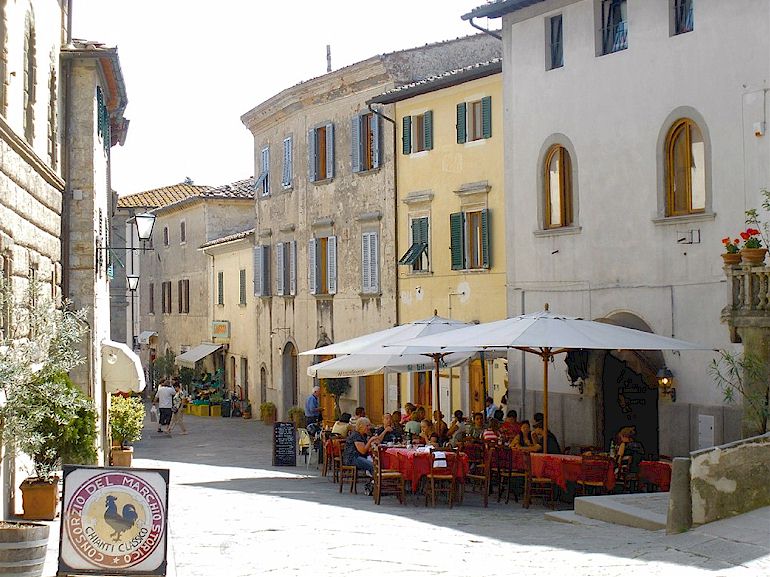
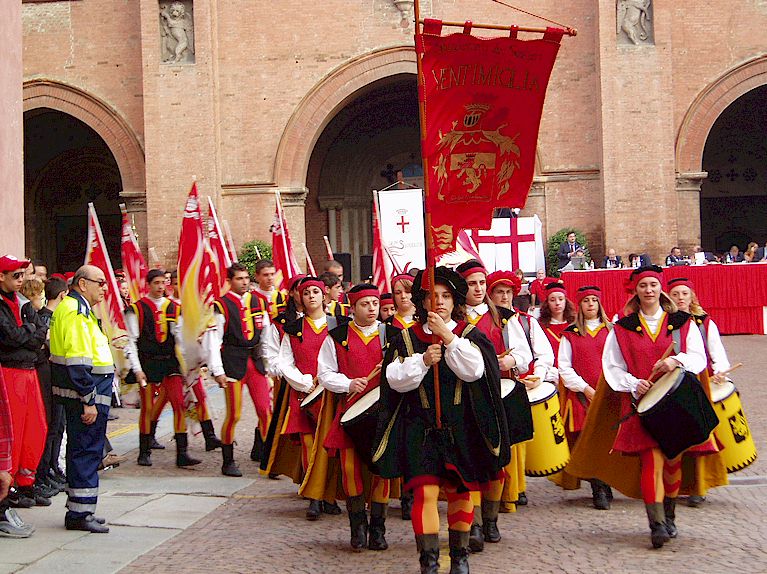
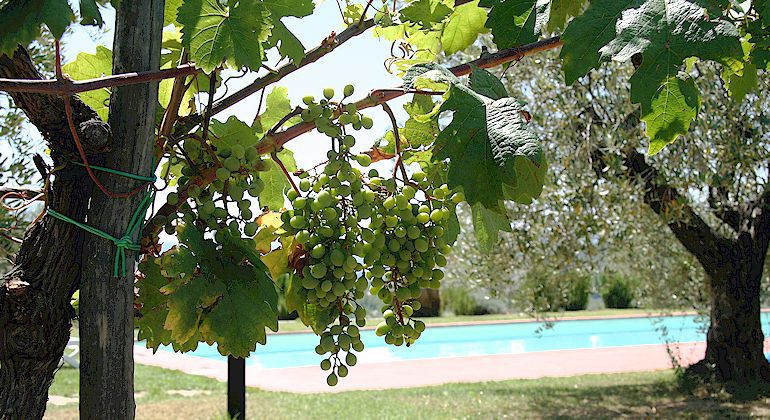
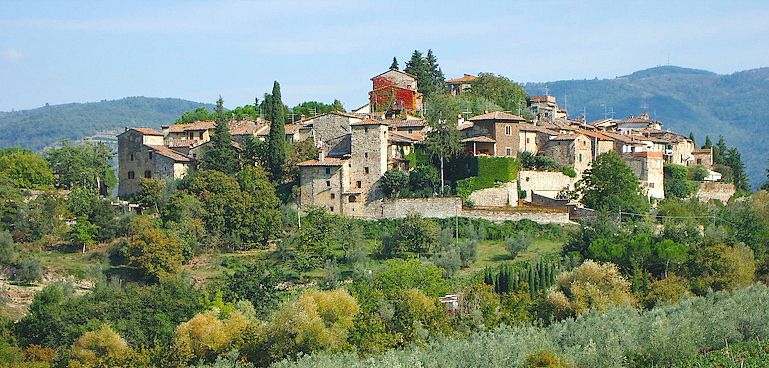
 Posted in
Posted in  Tags:
Tags: